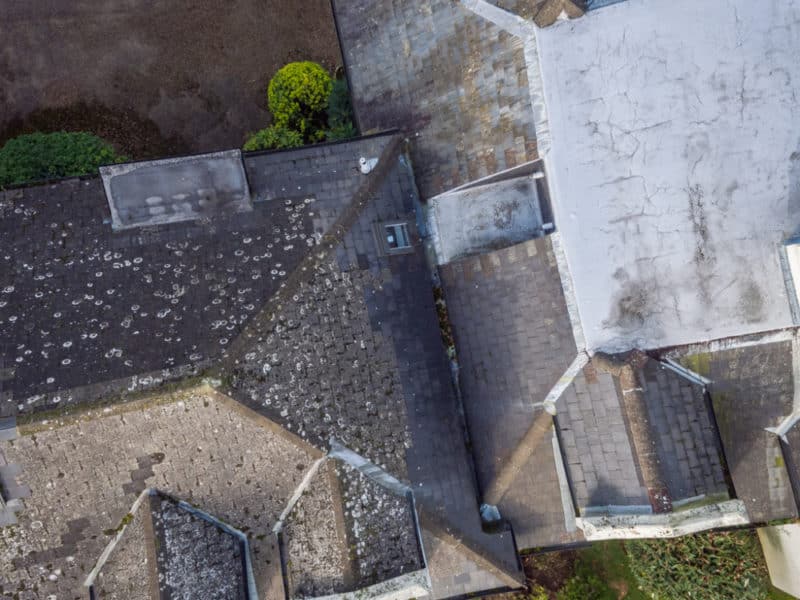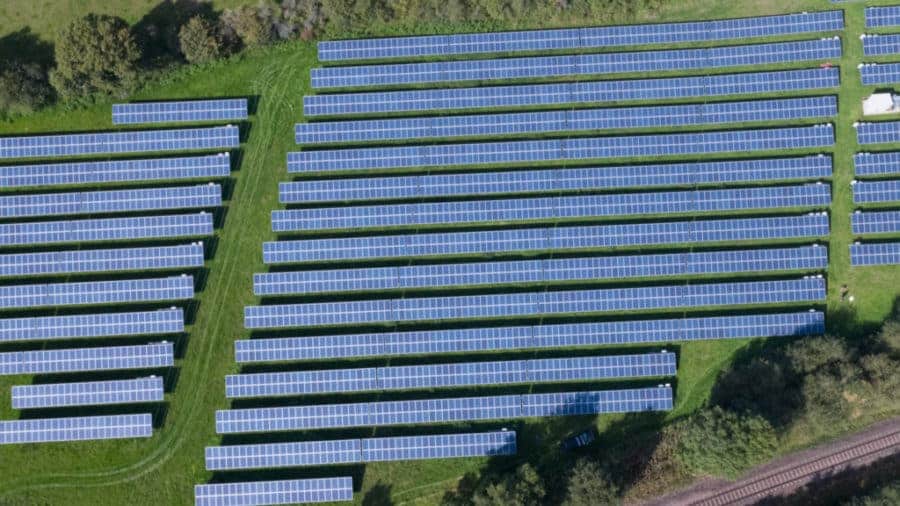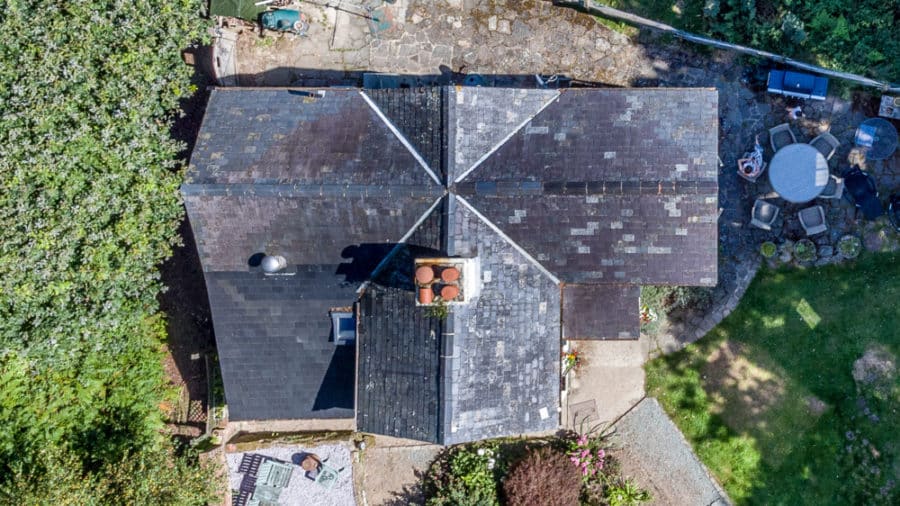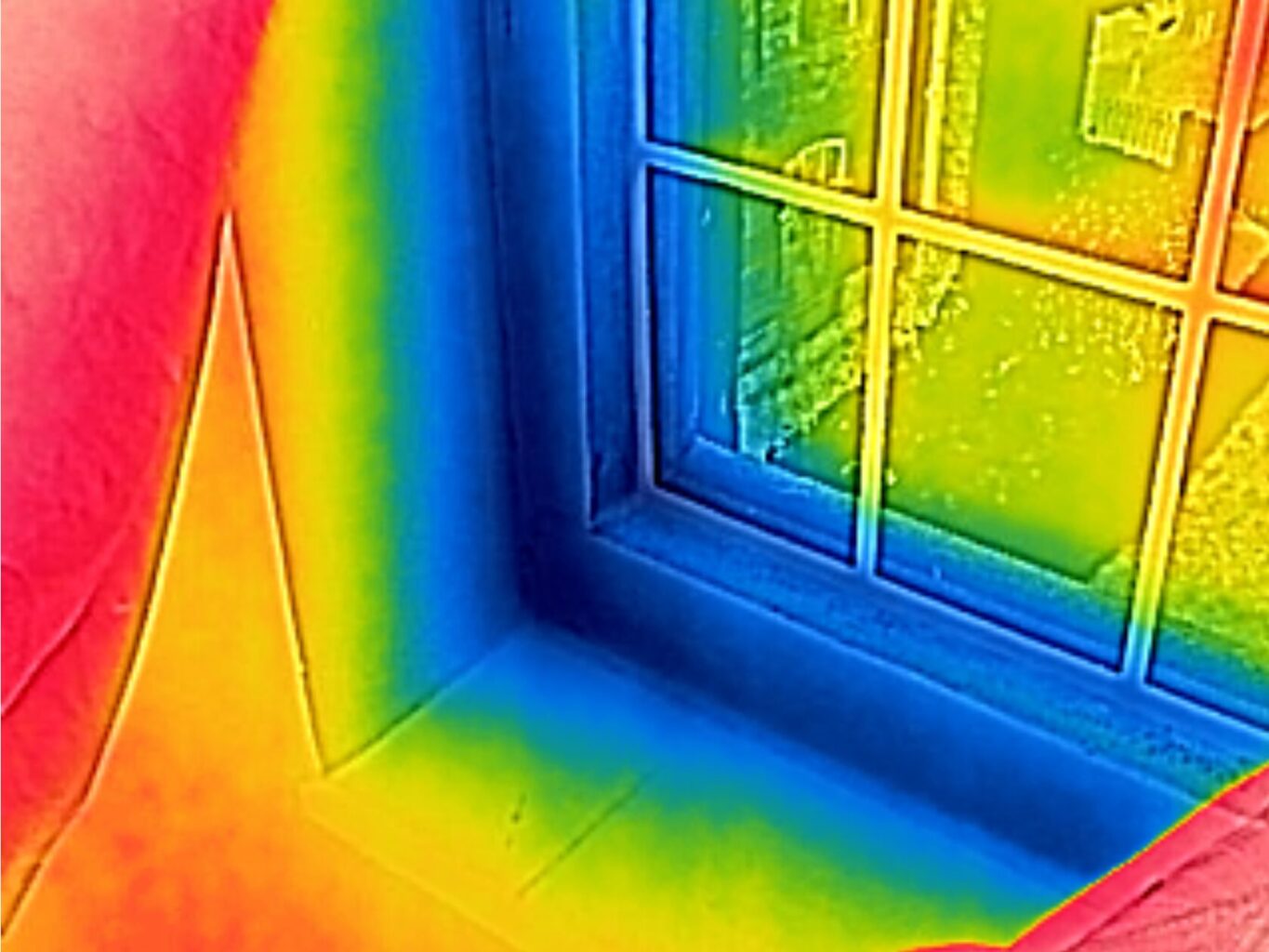
Using Thermography to investigate building air presure, air flow and air leaks
Exploring Thermography: A Tool for Investigating Building Air Pressure, Air Flow, and Inefficient Air Leaks
Thermography is a non-invasive technique that uses infrared imaging to detect temperature differences and has emerged as a powerful tool in the building industry. It is particularly useful for investigating building air flows and inefficient air leaks. Thermography, also known as thermal imaging, is a method that visualises heat irradiating from a surface converted into coloured patterns known as thermograms. These images thermograms can reveal temperature variations that may indicate problems such as air leaks, air infiltration or insulation deficiencies.
Thermography can be used to investigate building airflows. By identifying areas of heat loss or cold air infiltration, it can help determine whether a building is under positive or negative pressure. For instance, if a building is under negative pressure, it may draw in cold air from outside, leading to drafts and increased heating costs. Conversely, a building under positive pressure may expel warm air, causing cooling systems to work harder.
Investigating Air Flow with Thermography
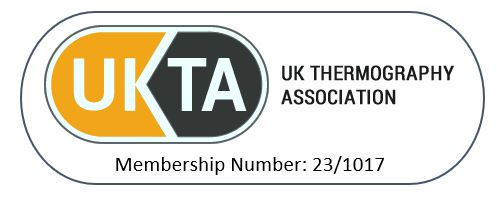
One of the most common uses of thermography in the building industry is to identify inefficient air leaks. These leaks can lead to significant energy loss, increased utility bills, and decreased comfort. By identifying these leaks, building owners can take steps to seal them and improve energy efficiency.
A recent case study in the UK demonstrated the effectiveness of thermography in identifying inefficient air leaks. The study involved a large commercial building that was experiencing high energy costs. Using thermography, the building owners were able to identify several significant air leaks that were contributing to these costs. After sealing these leaks, the building’s energy costs decreased by 20%.
The Power of Thermography
Thermography is a powerful tool for investigating building air pressure, air flow, and inefficient air leaks. By providing a visual representation of heat patterns and gradients, it can help identify issues that may be affecting a building’s energy efficiency and comfort. Whether you’re a building owner looking to reduce energy costs or a professional in the building industry, thermography can provide valuable insights that can lead to significant improvements.
So, why not consider incorporating thermography into your building management or inspection processes? It could be the key to unlocking greater energy efficiency and comfort in your building.
Expert Infrared Inspections for Accurate Thermal Assessments
Need professional thermographic analysis for your project? Our certified experts use the latest infrared technology to deliver precise results. Contact Drone Media Imaging today for expert thermal imaging services.




